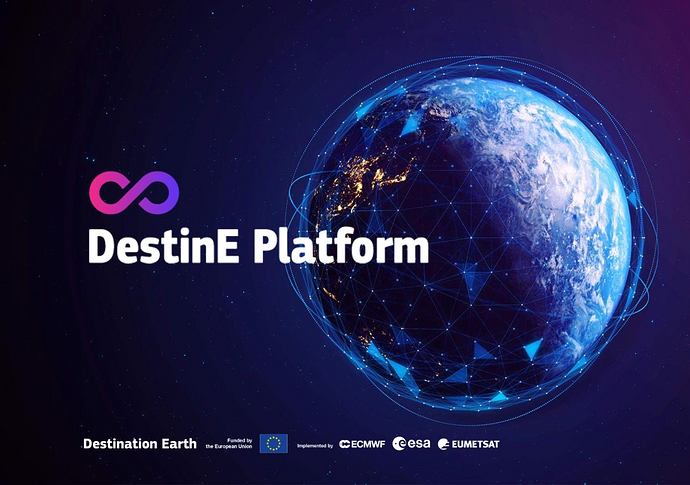The GET-it project (Geohazards Early Digital Twin Component) is advancing the operational use of Earth Observation (EO) technologies for geohazard monitoring. Funded under ESA’s Earthwatch Programme and led by INGV, the project aims to deliver a Digital Twin Component (DTC) that can support real-time risk assessment and decision-making in the face of seismic and volcanic hazards.
This initiative contributes to the broader Destination Earth (DestinE) vision of developing high-precision digital replicas of the Earth system—providing tools for civil protection agencies, infrastructure managers, and urban planners to anticipate and mitigate the impacts of geophysical events.
Purpose and Goals
GET-it focuses on integrating multi-sensor EO data (such as SAR and optical imagery) with advanced geophysical modelling techniques. The project’s goal is to create a modular digital twin system capable of producing:
- Ground deformation maps
- Hazard simulations
- Predictive analytics for earthquakes and volcanic activity
These outputs are designed to provide actionable insights to support real-world applications, including contingency planning, infrastructure resilience, and disaster risk reduction.
A Consortium with Complementary Expertise
The project brings together leading institutions in EO science and digital infrastructure:
- INGV (Italy), the prime contractor, contributes deep expertise in seismic and volcanic monitoring, and plays a key role in European infrastructures like EPOS and EMSO.
- Terradue (Italy) provides scalable, cloud-based data processing tools through its experience developing platforms like the Geohazards Exploitation Platform (GEP).
- CSIC (Spain) and BIRA-IASB (Belgium) support high-performance modelling and remote sensing integration to help deliver the project’s technical goals.
Together, the consortium is developing a modular architecture for the DTC, enabling interoperability, scalability, and integration with existing and future European digital twin initiatives.
User-Centric Design for Operational Impact
GET-it emphasizes a user-driven approach, ensuring that the tools and services developed meet the operational needs of:
- Civil protection agencies
- Public authorities and emergency planners
- Insurers and risk analysts
- Infrastructure and asset managers
The platform is being designed to support a variety of use cases—from real-time monitoring to what-if scenario simulations—to enhance preparedness in high-risk geohazard zones.
Linking to European Digital Twin Initiatives
As GET-it progresses, it will develop a roadmap for integration into the Destination Earth Core Service Platform (DESP). It is also aligned with broader European initiatives like:
- ChEESE (Center of Excellence for Exascale in Solid Earth)
- DT-GEO (Digital Twin for Geophysical Extremes)
These connections will help ensure that GET-it is interoperable with other digital twin components and can contribute to a shared European infrastructure for managing environmental extremes.
What’s Next
Still in its early development phase, GET-it will demonstrate its potential through a set of collaborative case studies and operational scenarios, showing how the DTC can support:
- Monitoring of active geohazards
- Integration of EO and ground-based data streams
- Simulation and forecasting of extreme events
By combining high-performance computing, artificial intelligence, and scalable EO data processing, GET-it is laying the foundation for next-generation risk assessment tools—positioning Europe at the forefront of digital twin technology for geohazards.
To learn more about our contribution to GET-it and digital EO platforms, visit www.terradue.com
GET-it is part of ESA’s Earthwatch Programme and contributes to the European Destination Earth initiative. Consortium partners include INGV, Terradue, CSIC, and BIRA-IASB.

